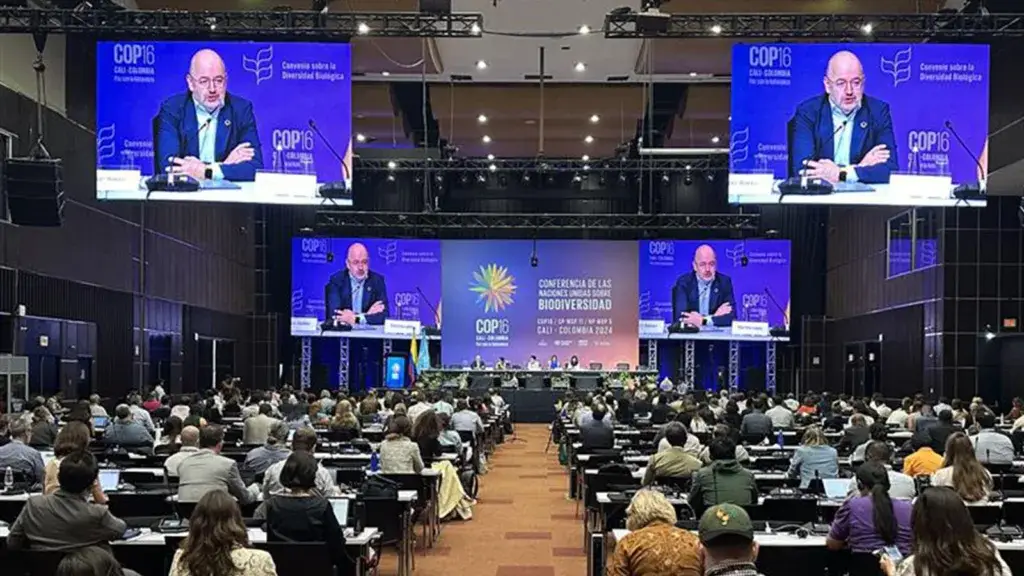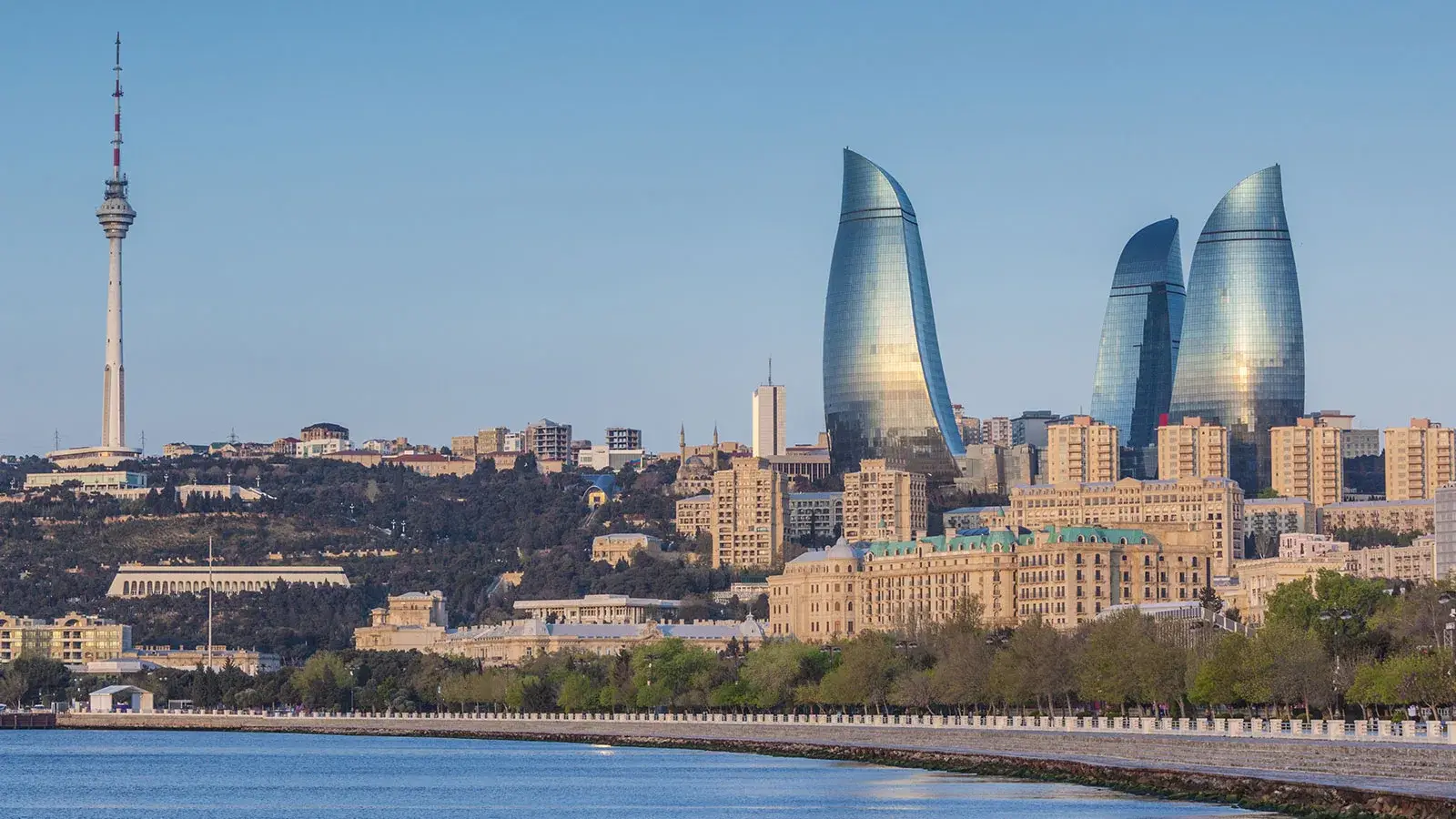Authors
Dr. Jennie Dodson, Senior Director, Policy, Advocacy and Member Mobilization (PAMM)
In a year marked by record-breaking heatwaves and unprecedented geopolitics, the UN Framework Convention for Climate Change (UNFCCC) 29th Conference of the Parties (COP29) in Azerbaijan stood as a critical moment for global climate leadership.
Dubbed the ‘Finance COP’, COP29 was set to deliver a new climate finance deal. However, the conference occurred against a backdrop of geopolitical uncertainty with the US election taking place just days before the opening of the conference, casting a shadow of doubt over potential backtracking on climate commitments. Additionally, Azerbaijan’s role as the host country sparked significant debate, with critics questioning the country’s human rights record, democratic practices and economic reliance on fossil fuel production.
Whilst initial concerns spread about the impact of this uncertainty on COP29, Parties reaffirmed their commitment to multilateralism, as shown in a statement from the G20 and the Baku Climate Unity Pact, which notably included the goal of mobilizing $300 billion annually for developing countries by 2035.
The private sector is expected to be part of the push to increase climate finance flows, particularly in emerging markets, where investments in clean energy, infrastructure and adaptation are urgently needed.
A Closer Look at the Climate Finance Deal
COP29 was a strategic milestone to align with the broader goals of the Paris Agreement, with a specific focus to replace the outdated $100 billion annual climate finance target deemed insufficient to meet the needs of developing countries in addressing climate change.
At the beginning of COP29, the Independent High-level Expert Group (IHLEG) on Climate Finance published recommendations, including the need for increased climate investment across all economies, with at least $1 trillion annually by the end of this decade from private finance specifically directed at emerging markets and developing countries.
However, the negotiations around climate finance were marked by intense divisions between Parties. Developing nations called for $1.3 trillion annually with at least $600 billion from public sources. In contrast, developed countries argued for a more modest financial target from both public and private contributions. They also pressed for expanding the donor base to include relatively wealthy, high-emitting nations like China and Saudi Arabia which remain classified as “developing countries” by the UN, based on its initial classification in the 1990s.
In the early hours of Sunday, the COP29 presidency released the final agreement. The deal sets a goal to mobilize $300 billion annually for developing countries by 2035, with developed countries “taking the lead”. It also sets a long-term target to scale up total climate finance flows to $1.3 trillion per year by 2035.
There are currently only 24 Parties classed as ‘developed’ that are on the hook for delivering this finance and critically, they are asked to ‘mobilize’ funds, rather than ‘provide’, giving countries the flexibility to draw from the private sector.
The $1.3 trillion target includes private sector finance but imposes no obligations, serving instead as a signal to guide investment. However, there is an increasingly clear business case for investing in climate action, and delaying further would create a heftier price tag down the line. Delaying action could cost the global economy an estimated $178 trillion by 2070, whereas avoided costs from adverse climate impacts and co-benefits from climate action could amount to a 15-18% boost to global GDP by 2030.
Business has a unique opportunity to lead the way by fostering innovative financing partnerships, aligning investment strategies with climate goals as well as working collaboratively to scale up the funding needed to make more progress.
Climate Action Plans Leading the Way
Another key element of COP29 focused on countries’ national climate action plans, known as Nationally Determined Contributions (NDCs). In early 2025, countries are expected to submit updated NDCs. During COP29, several countries shared their plans ahead of the deadline, most notably the UAE, UK and Brazil, as well as Switzerland. Brazil’s plan includes cutting emissions by 59-67% by 2035 relative to 2005 levels and reach net-zero by 2050, whilst the UK set an ambitious target to reduce emissions by at least 81% on 1990 levels by 2035.
NDCs are important signals to the private sector, outlining government policy direction and clarifying the trajectory of national economic transitions. Businesses have a key role to play as engines driving the net-zero transition, so it is important that governments bring in the voice of the private sector in developing ambitious NDCs. NDCs should include clear and sector-specific targets, providing an indication of the enabling political and regulatory environment intended to deliver the NDC, which in turn can give clarity to the private sector on specific investment needs.
A Step Forward on International Carbon Market Negotiations
After nearly a decade of stalled negotiations, COP29 resulted in an important agreement on the rules governing international carbon trading under Article 6 of the Paris Agreement. The agreement finalizes the rules for international carbon markets, enabling countries to trade carbon credits and collaborate on reducing emissions more cost-effectively.
The two key elements of the agreement include the guidelines for country-to-country trading (Article 6.2) and the establishment of the Paris Agreement Trading Mechanism (Article 6.4). It is estimated that the full operationalization of this agreement could reduce the cost of implementing national climate action plans by $250 billion per year.
Article 6.4 recognizes that some Parties choose to pursue voluntary cooperation in the implementation of their National Climate Plans (NDCs) to allow for higher ambition in their mitigation and adaptation actions and to promote sustainable development and environmental integrity. However, nature-based solutions and the communities involved should not get sidelined. Further refinement to ensure safeguards on quality should be put in place. Cooperation with integrity initiatives, such as the Integrity Council for the Voluntary Carbon Market (ICVCM), will be key to further strengthening Article 6.2.
Whilst a step forward was taken at COP29, effective scrutiny and further refinement of standards will be essential in 2025 to ensure Article 6 delivers tangible benefits for communities and nature.
Transitioning Away From Fossil Fuels
COP29 also provided the opportunity to implement the outcomes of last year’s COP28 landmark Global Stocktake Agreement, which called for transitioning away from fossil fuels and aligning climate pledges with the 1.5°C target. Unfortunately, Parties could not come to an agreement to include clear references to transition away from fossil fuels, so negotiations will be revisited at COP30 in Brazil.
With the Global Stocktake in its implementation phase, businesses are already driving the transition away from fossil fuels by investing in renewable energy, and scaling up clean technologies throughout their supply chains.
A Look Ahead to COP30 and Beyond
Throughout COP29, there was a growing call for reform in the COP process. Voices from former Climate Envoys and UN Secretaries-General emphasized the need to make COPs more inclusive, reduce the influence of petrostates, and focus on shifting away from negotiations into implementation and delivery of concrete actions. While COPs should shift focus to implementation, they remain a critical opportunity for bringing stakeholders together and amplifying diverse voices to drive climate action.
Additionally, the COP Action Agenda – the COP Presidency-led initiatives for non-party stakeholders – provides a critical platform for the private sector to work with governments to drive forward initiatives implementing climate action across sectors, value chains and regions. With the increased focus on implementation, the Action Agenda can become a vehicle at the heart of COP to demonstrate action on the ground in support of outcomes that are aligned with the Paris Agreement.
Looking ahead, COP30 in Brazil will be a key moment. As a key five-year milestone, COP30 in 2025 will have countries submitting updated NDCs to align with the Paris Agreement. With unresolved issues from COP29 carrying over to the Bonn Intersessional in June and COP30, the stakes are high for governments to show ambition and unity.
WBCSD will join COP30 to spotlight how business is driving solutions for climate, nature, and equity forging a bold path toward a more sustainable and equitable future.
Outline
Related
Content

CBD COP16 signals a growing momentum towards integrating biodiversity considerations into all sectors of the economy and society
14 November, 2024

A Look Forward to COP16
7 October, 2024

How trade associations can help put the world on a sustainable path
19 September, 2024

